In recent years, the market for synthetic leather shoes has expanded exponentially. Offering an affordable alternative to genuine leather, these shoes have gained popularity among budget-conscious consumers. However, a recurring issue faced by many synthetic leather shoe owners is the occurrence of unsightly cracks. In this article, we will delve into the causes of cracking in synthetic leather shoes and explore potential solutions to enhance their durability and prolong their lifespan. Understanding the Cracking Phenomenon: Synthetic leather is made from a combination of plastic materials and fabric, providing an aesthetic and functional alternative to genuine leather. Despite its advantages, it is not immune to cracking. The cracking occurs primarily due to prolonged exposure to adverse environmental conditions, such as excessive heat, cold, or dryness. Additionally, poor quality synthetic leather, inadequate maintenance, and improper storage can also contribute to premature cracking.
.
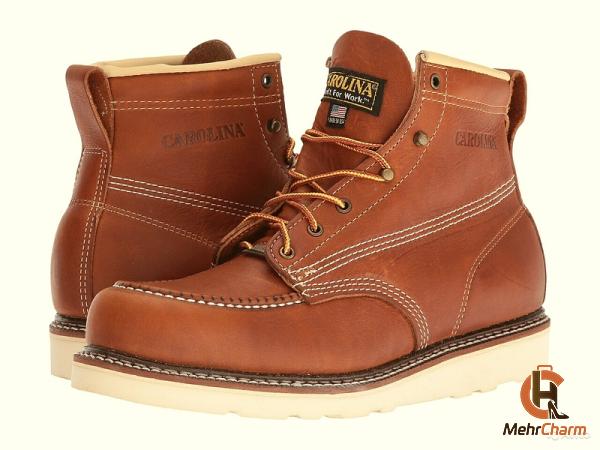 Factors Contributing to Cracking: 1. Environmental Conditions: Excessive exposure to high temperatures or direct sunlight can cause the synthetic leather material to dry out, leading to cracking. Similarly, extremely low temperatures can make the material brittle and prone to cracks. 2. Inferior Quality Materials: Some manufacturers may use low-quality synthetic leather to cut costs, resulting in an increased risk of premature cracking. 3. Lack of Maintenance: Regular care and maintenance play a significant role in extending the lifespan of synthetic leather shoes. Failure to clean, condition, or moisturize the material can make it susceptible to cracking. 4. Improper Storage: Storing synthetic leather shoes in a humid or overly dry environment can also accelerate the cracking process. It is important to keep them in a cool, dry place, preferably in a shoe box or fabric bag.
Factors Contributing to Cracking: 1. Environmental Conditions: Excessive exposure to high temperatures or direct sunlight can cause the synthetic leather material to dry out, leading to cracking. Similarly, extremely low temperatures can make the material brittle and prone to cracks. 2. Inferior Quality Materials: Some manufacturers may use low-quality synthetic leather to cut costs, resulting in an increased risk of premature cracking. 3. Lack of Maintenance: Regular care and maintenance play a significant role in extending the lifespan of synthetic leather shoes. Failure to clean, condition, or moisturize the material can make it susceptible to cracking. 4. Improper Storage: Storing synthetic leather shoes in a humid or overly dry environment can also accelerate the cracking process. It is important to keep them in a cool, dry place, preferably in a shoe box or fabric bag.
..
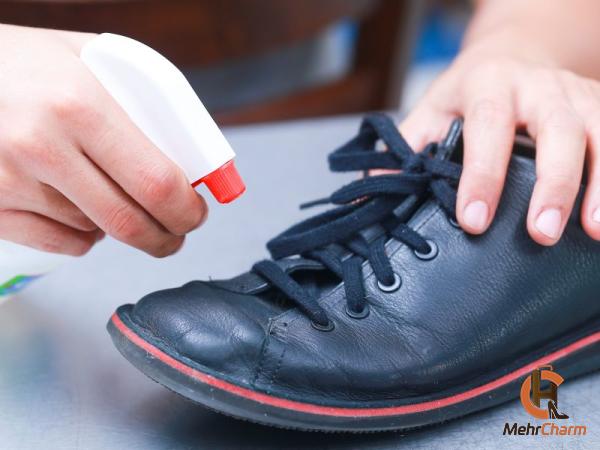 Solutions to Prevent Cracks: 1. Regular Cleaning and Conditioning: A gentle cleaning routine with a non-abrasive cloth and a mild soap can help remove dirt and debris from the shoe’s surface and prevent premature cracking. Additionally, using a specialized synthetic leather conditioner on a regular basis will help maintain the material’s suppleness and prevent dryness. 2. Proper Moisturization: Treating the shoes with a synthetic leather moisturizer or even a small amount of petroleum jelly can help maintain the material’s flexibility, reducing the likelihood of cracks. 3. Temperature and Humidity Control: Avoid exposing synthetic leather shoes to extreme temperatures or direct sunlight for prolonged periods. Consider investing in a shoe cabinet or storage box that regulates temperature and humidity levels.
Solutions to Prevent Cracks: 1. Regular Cleaning and Conditioning: A gentle cleaning routine with a non-abrasive cloth and a mild soap can help remove dirt and debris from the shoe’s surface and prevent premature cracking. Additionally, using a specialized synthetic leather conditioner on a regular basis will help maintain the material’s suppleness and prevent dryness. 2. Proper Moisturization: Treating the shoes with a synthetic leather moisturizer or even a small amount of petroleum jelly can help maintain the material’s flexibility, reducing the likelihood of cracks. 3. Temperature and Humidity Control: Avoid exposing synthetic leather shoes to extreme temperatures or direct sunlight for prolonged periods. Consider investing in a shoe cabinet or storage box that regulates temperature and humidity levels.
…
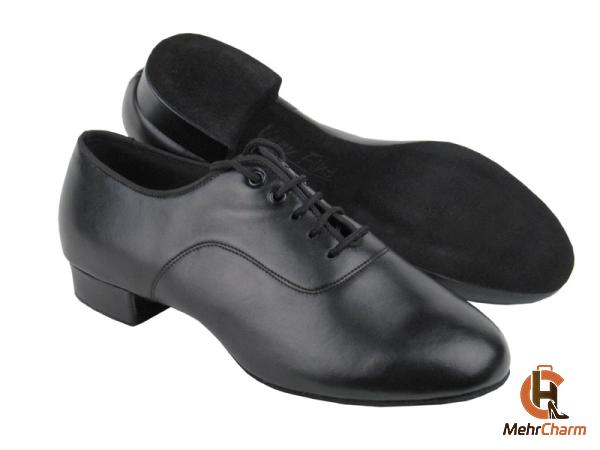 4. Quality Over Price: When purchasing synthetic leather shoes, opt for reputable brands that prioritize the use of high-quality materials. Investing in better-quality shoes will reduce the chances of premature cracking. Conclusion: While cracking remains a common issue faced by owners of synthetic leather shoes, it does not have to be a deal-breaker. By understanding the causes and taking proactive measures, such as regular cleaning, conditioning, and proper storage, individuals can significantly prolong the lifespan of their synthetic leather shoes. Furthermore, choosing high-quality materials and exercising best practices will ensure better durability and reduce the occurrence of cracks. Ultimately, with a little care and attention, synthetic leather shoes can continue to offer affordable style and comfort for years to come.
4. Quality Over Price: When purchasing synthetic leather shoes, opt for reputable brands that prioritize the use of high-quality materials. Investing in better-quality shoes will reduce the chances of premature cracking. Conclusion: While cracking remains a common issue faced by owners of synthetic leather shoes, it does not have to be a deal-breaker. By understanding the causes and taking proactive measures, such as regular cleaning, conditioning, and proper storage, individuals can significantly prolong the lifespan of their synthetic leather shoes. Furthermore, choosing high-quality materials and exercising best practices will ensure better durability and reduce the occurrence of cracks. Ultimately, with a little care and attention, synthetic leather shoes can continue to offer affordable style and comfort for years to come.
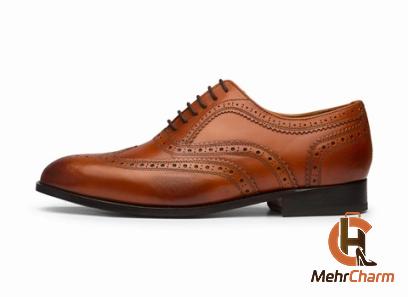
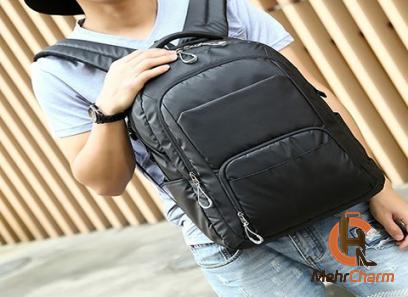
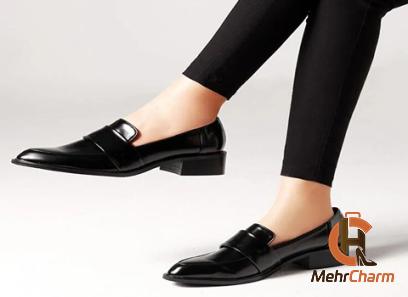
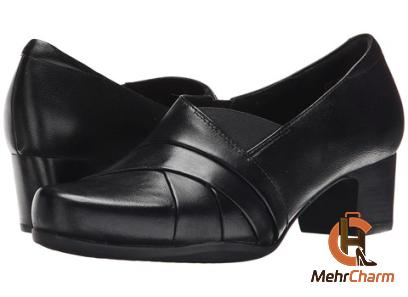

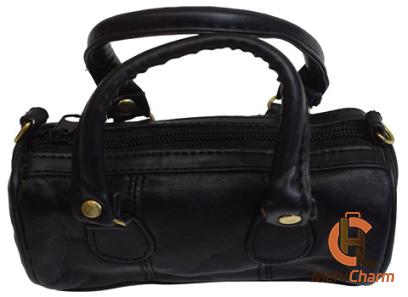

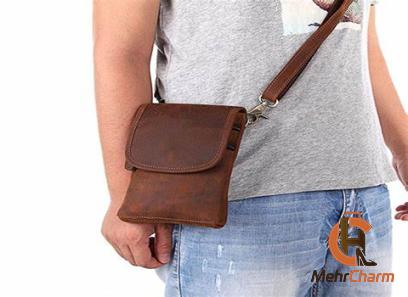

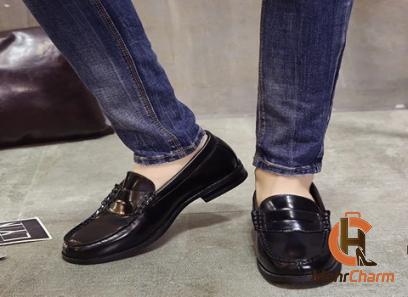
Your comment submitted.